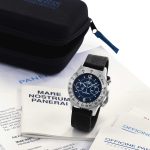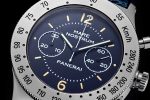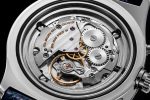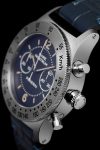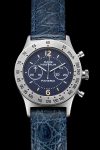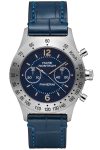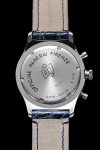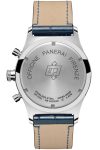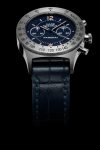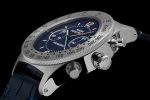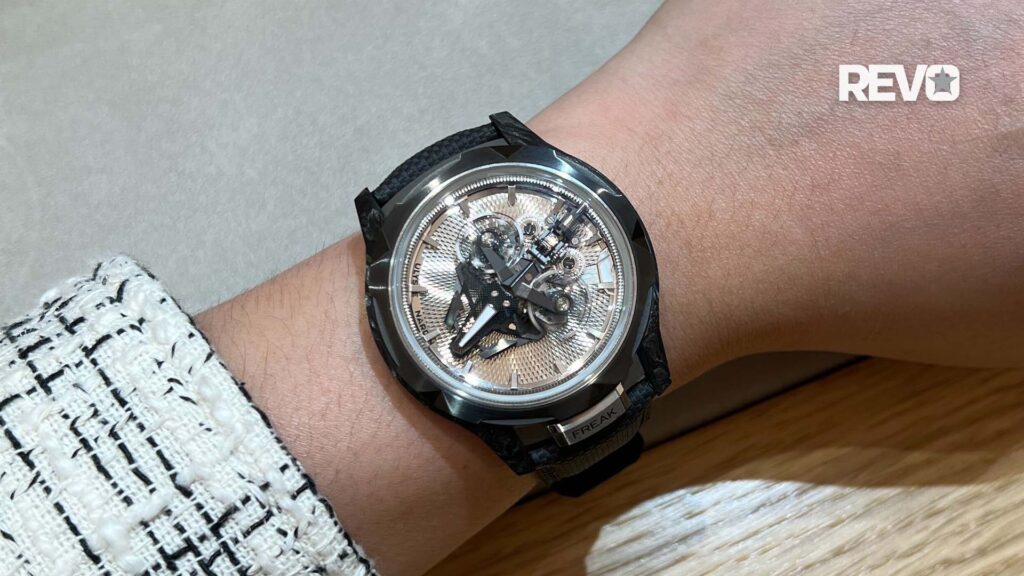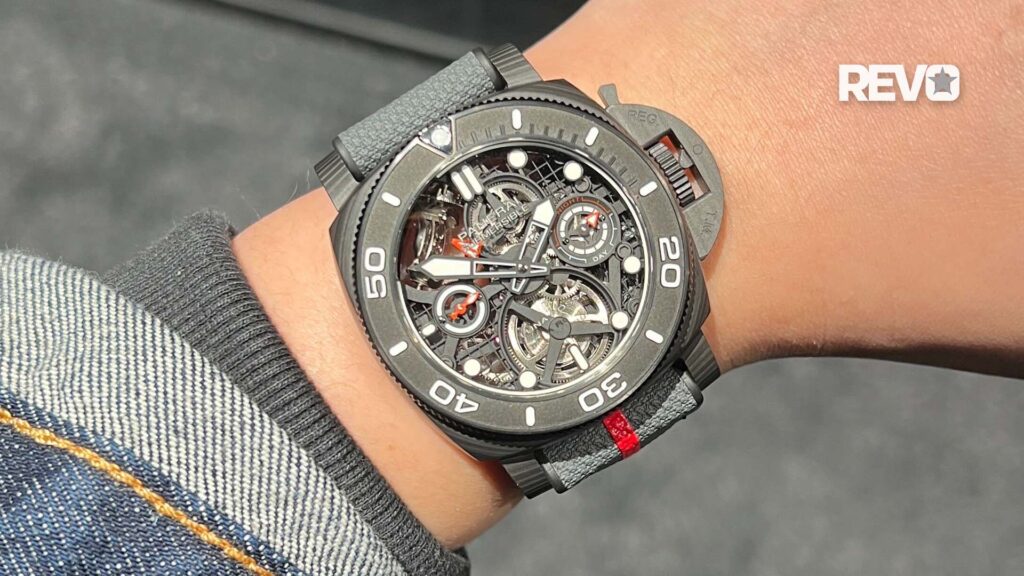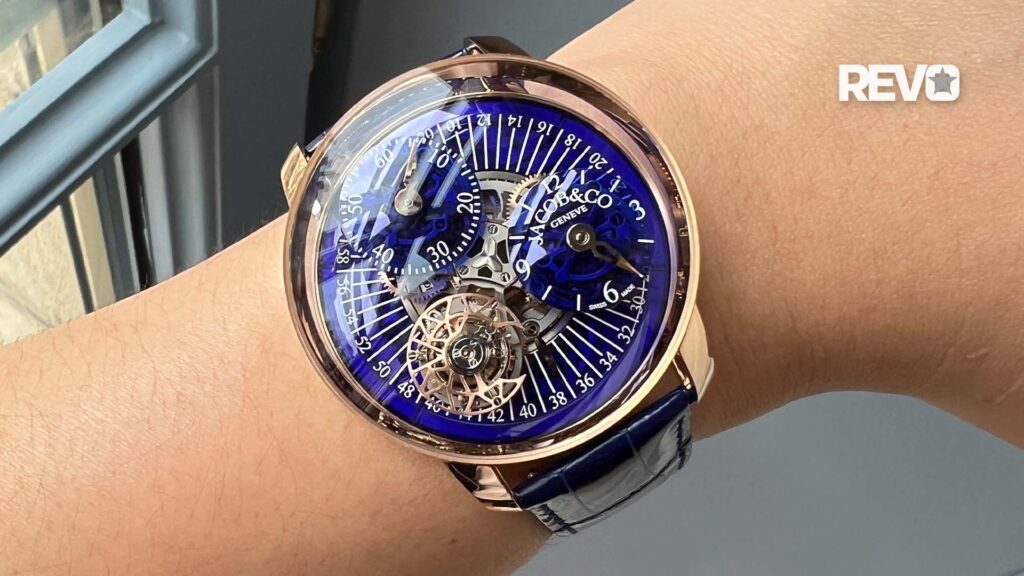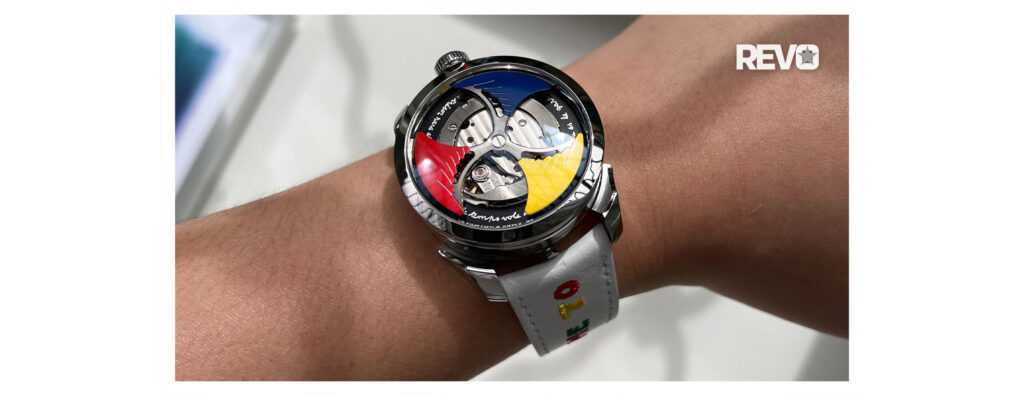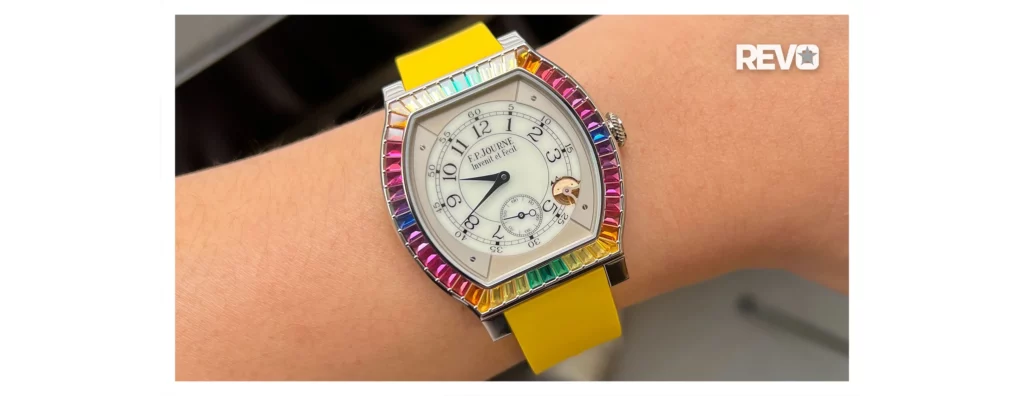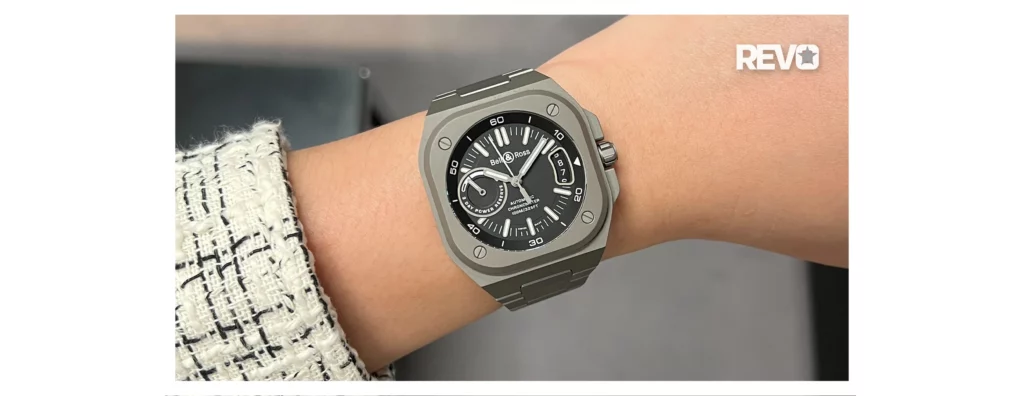Panerai
From 1993 to 2017: The Panerai Mare Nostrum 42mm
Panerai’s appeal for military watch collectors is obvious: Prior to 1993, they were made solely for assorted navies’ underwater teams, including the Italy’s and Germany’s saboteurs during WWII, while both the Egyptian and Israel forces — you gotta love the irony — commissioned Panerais in the 1950s. As for Rolex collectors being cognisant of the brand prior to 1993, the connection is Rolex’s involvement in the early case design and manufacture, with Rolex-marked, Cortebert-based movements used to power certain models.
In 1993, when the brand was brought back to life under the aegis of Dino Zei, the production was severely limited, with only a handful of faithful-to-the-original Luminors and Marinas. Mainly Italian collectors were targeted, so it was by accident that Sylvester Stallone would learn of the brand and put it in the map.
It was fitted with ETA 2801 movement and Dubois-Depraz module that looked the business: Two sub-dials, two pushers, chunky case, its raison d’être being a timepiece for deck officers. Despite serial numbers that suggest otherwise, it is believed that under 500 were actually produced, including all the variants.
For most, the Mare Nostrum was a cul de sac, although prices started to climb simply because it was such an oddity. Eventually, however, an actual, working physical prototype emerged, made during wartime, which was acquired by the Panerai Museum. It negated the accuracy of the 1993 reimagining. For one thing, it was a massive 52mm in diameter. For another, it had a layered, “3D” dial. It was this design that Panerai followed precisely when, in 2010, the 52mm prototype Mare Nostrum was reborn as PAM300, in a, quickly sold-out, 99 examples.
Five years later, Richemont returned to the Mare Nostrum, and addressed certain customers’ concerns that the massive PAM300 was simply too heavy to wear. They responded with another instant sell-out, the 52mm PAM603 Titanio, in 150 examples. But even that weight reduction still didn’t please those with less-than-Stallone-sized wrists. It was realised that — like the gigantic Egiziano reissue — even the most devoted of Paneristi found 52mm simply too big to wear.
Now, in 2017, the company has released the Mare Nostrum Acciaio, in a AISI 316L stainless steel 42mm case and it is almost 100 per cent identical to the far-more-wearable 1993-1996 release, but there are minuscule differences. Side-by-side with the early version, the new Mare Nostrum Acciaio – 42mm (PAM00716) has deeper, darker etched markings on the bezel, the crown is inscribed with “Mare Nostrum” as opposed to plain, and the lugs appear slightly stouter.
Panerai will issue only 1,000 examples of this Special Edition. As in the pre-Vendôme era, inside the watch’s wooden box is a little model of the Luigi Durand De La Penne, the destroyer of the Italian Navy launched in 1993. According to Panerai, “It was named in honour of Admiral Durand De La Penne, who in 1941 had taken part in the celebrated attacks in the port of Alexandria in Egypt for which he and other commandos equipped with Panerai instruments were awarded the Gold Medal for Valour. It was on the destroyer Luigi Durand De La Penne that the Mare Nostrum of 1993 was presented for the first time, on 10 September of that year.”
1993 Panerai Mare Nostrum Accaio 42mm Ref. 5218-301/A
2017 Panerai Mare Nostrum Accaio 42mm PAM00716
On a final note, I swiftly removed the hideous sharkskin strap supplied with the original Mare Nostrum and relegated it to its box, replacing it with a gorgeous blue alligator strap. I see that Panerai has done the same. ‘Nuff said.
Technical Specifications: Panerai Mare Nostrum Accaio 42mm
Movement
Hand-wound mechanical, exclusive Panerai OP XXXIII calibre FUNCTIONS: Hours, minutes, small seconds, chronograph; 42-hour power reserve
Case
42mm, brushed steel; water resistant to 50m
Dial
Blue with luminous markers and Arabic numerals, minute counter at 9 o’clock, seconds at 3 o’clock, central chronograph seconds hand
Strap
Alligator, with spare strap supplied with screw-driver




